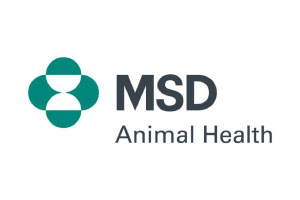

Category: F


Royal Mail 2nd Class / Parcel Force 48
UK to UK :Normally arrives in 2-4 business days.
UK to Ireland :Normally arrives in 4-6 business days
UK to EU Countries : Normally arrives in 6-10 working days depending on where the parcel is going
Please note standered delivery is none trackable , none insured , no responsabily for lose or Damage
----------------------------------------------------------------------------------------------------------------

Royal Mail First Class / Parcel Force 24
UK to UK :Normally arrives in 1-2 business days.
UK to Ireland 3-4 business days
UK to EU Countries : Normally arrives in 6-10 working days depending on where the parcel is going
Please note :Trackable , Royal Mail insured up to £50.
--------------------------------------------------------------------------------------------------------
Parcel Force Express AM Guaranteed before Midday.
UK to UK only . UP to 5KG Max Weight
Arrives next day before 12 noon, requires a signature.
Parcel Forcel Terms & Conditions apply
Important: Parcel Force advise that there are some postcodes where an extended delivery time exists, and may affect the date of delivery or the service is not available.
| Category | POM-V |
| Temperature | Ambient |
| MA/VM/EU No: | 01708/4608 |
| Species |
|
| VMD Link | Product Information Database (defra.gov.uk) |
| NOAH Link | https://www.noahcompendium.co.uk/?id=-454763&fromsearch=true#iosfirsthighlight |
| Dosage | Amounts to be administered and administration route Pour-on use. For single application. The recommended treatment dose is 3.33 mg flunixin/kg body weight (equivalent to 1 ml/15 kg body weight). The dosing chamber of the bottle is calibrated in kilograms of body weight. To ensure administration of a correct dose, body weight should be determined as accurately as possible. Practice the administration instructions a few times to become familiar with operating the package before dosing animals. Step 1: On first use remove cap and peelable seal from the dosing chamber. Do not remove cap from the bottle Step 2: Hold the bottle upright and at eye level while slowly and gently squeezing the bottle to fill the dosing chamber to the selected mark. Step 3: Pour the measured volume on the midline of the animal’s back extending from the withers to tail head. Localised application to smaller areas should be avoided. Finadyne Transdermal 50mg/ml pour-on solution for cattle: Dosage Guide Description: h-886 Description: h-887 Description: h-888 Overfill reduction instructions (see diagram) Finadyne Transdermal 50 mg/ml pour-on solution for cattle: Overfill reduction instructions Description: h-889 Description: h-890 Description: h-891 Description: h-892 Recommended pour-on location Description: h-904 Overdose Localised dermal inflammatory reactions and necrosis have been reported at 5 mg/kg. Erosive and ulcerative abomasal lesions were observed in animals administered the product at 3 times the recommended treatment dose. Occult faecal blood was observed in some animals administered the product at 5 times the recommended treatment dose. No emergency procedures are necessary. |
| Withdrawals | Meat and offal: 7 days. Milk: 36 hours. Due to the possibility of cross-contamination of non-treated animals with this product due to grooming (licking), treated animals should be kept separately from non-treated animals throughout the withdrawal period. Non-compliance with this recommendation may lead to residues in non-treated animals. |